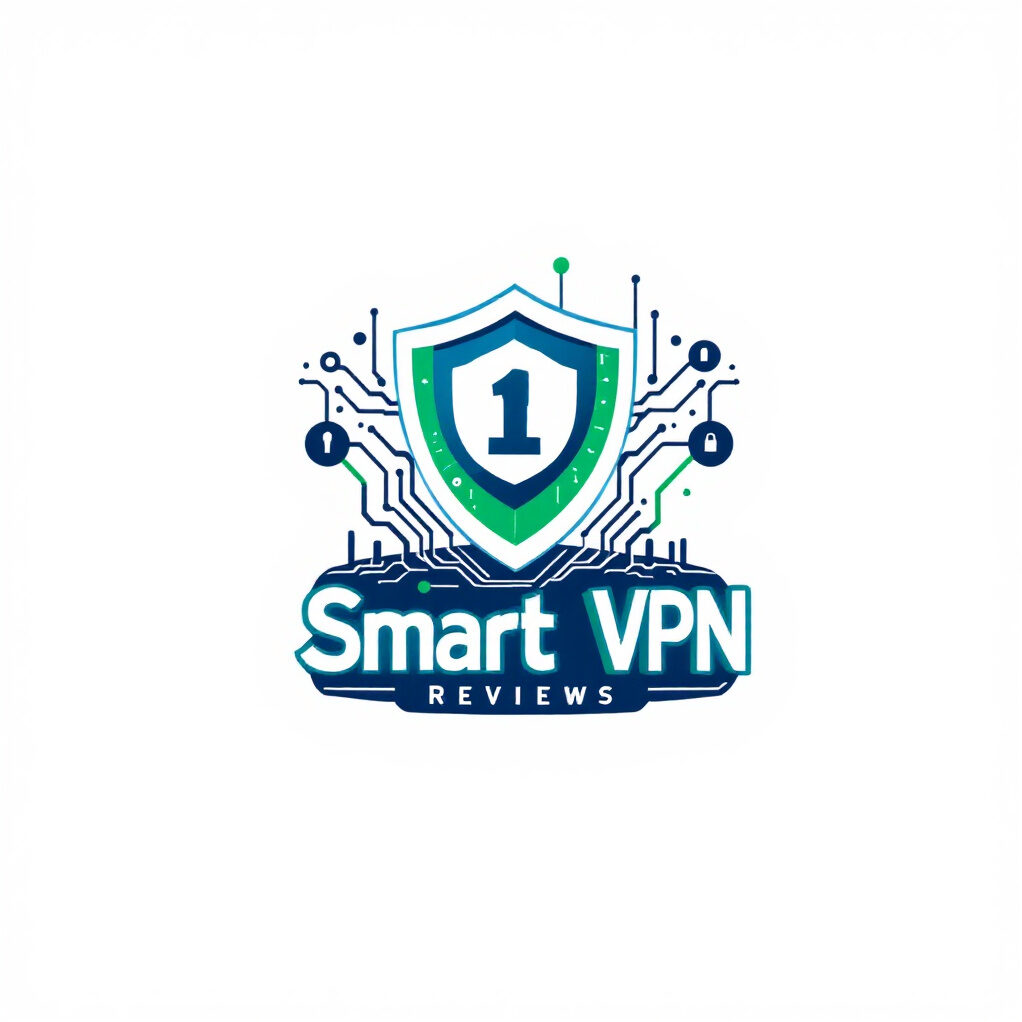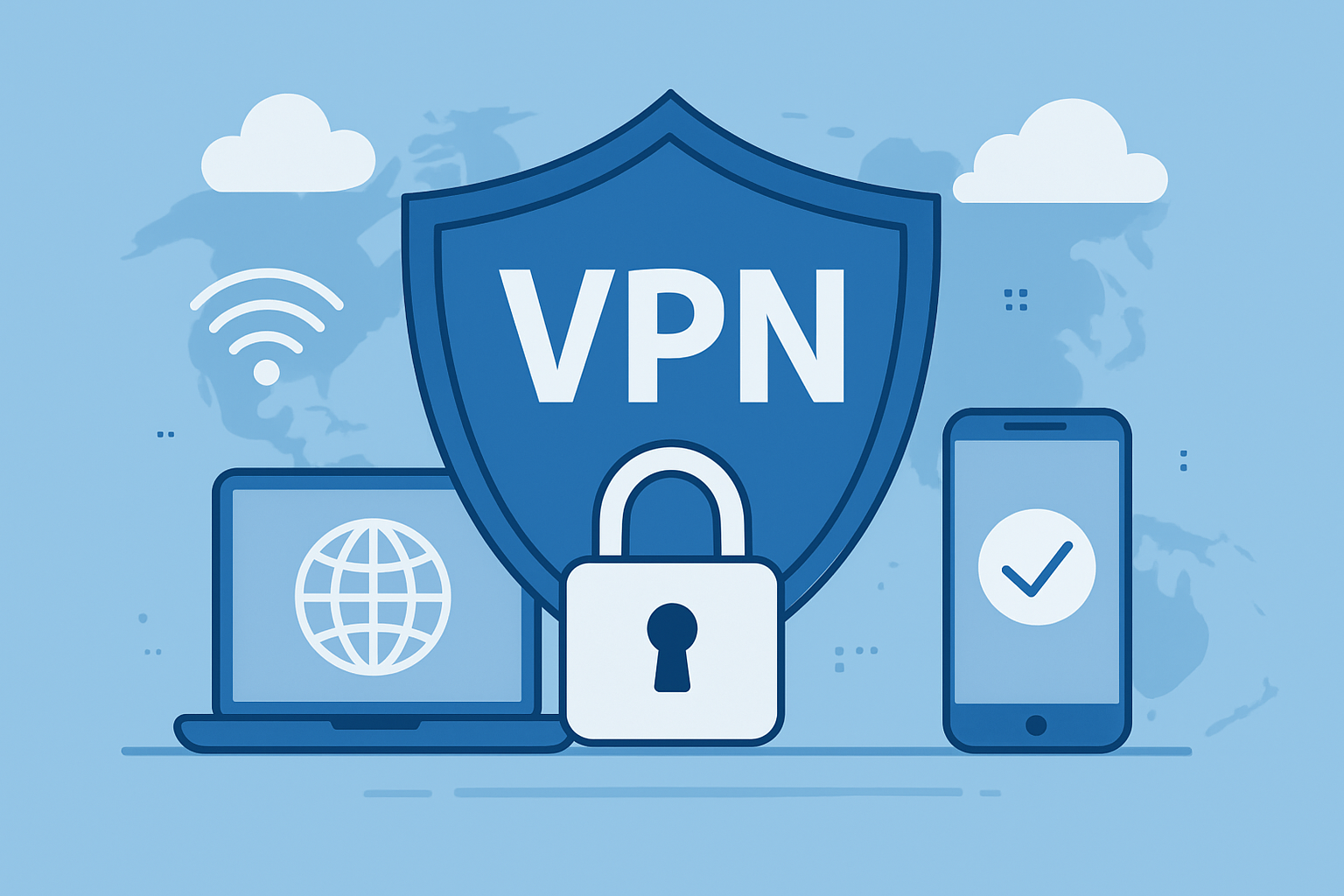
Open Wi‑Fi at a cafe, a flight lounge, or a hotel can expose your data to snoops. Websites and apps track you across pages, and your internet provider can log what you do. If you want a simple layer of privacy without changing your habits, a VPN helps.
So, what is a VPN and how does it work? A VPN, or virtual private network, routes your internet traffic through an encrypted tunnel to a secure server. It hides your IP address, shields your data from prying eyes, and can make you appear as if you are connecting from another location. That means safer browsing, less tracking, and access to content that might be blocked in your region.
This is beginner friendly. You install an app, tap to connect, and the VPN encrypts your traffic on public Wi‑Fi and at home. Many services also block ads and trackers, which reduces clutter and risk. If you prefer a quick visual primer, watch this short explainer:
By the end of this guide, you will know when and why to use a VPN, what it can and cannot protect, and how the encryption tunnel works in plain language. You will see how VPN servers affect speed and location, how to pick a trustworthy provider, and the simple steps to start. You will also get tips for streaming, travel, and remote work, plus best practices to stay safe every day.
What Exactly Is a VPN?
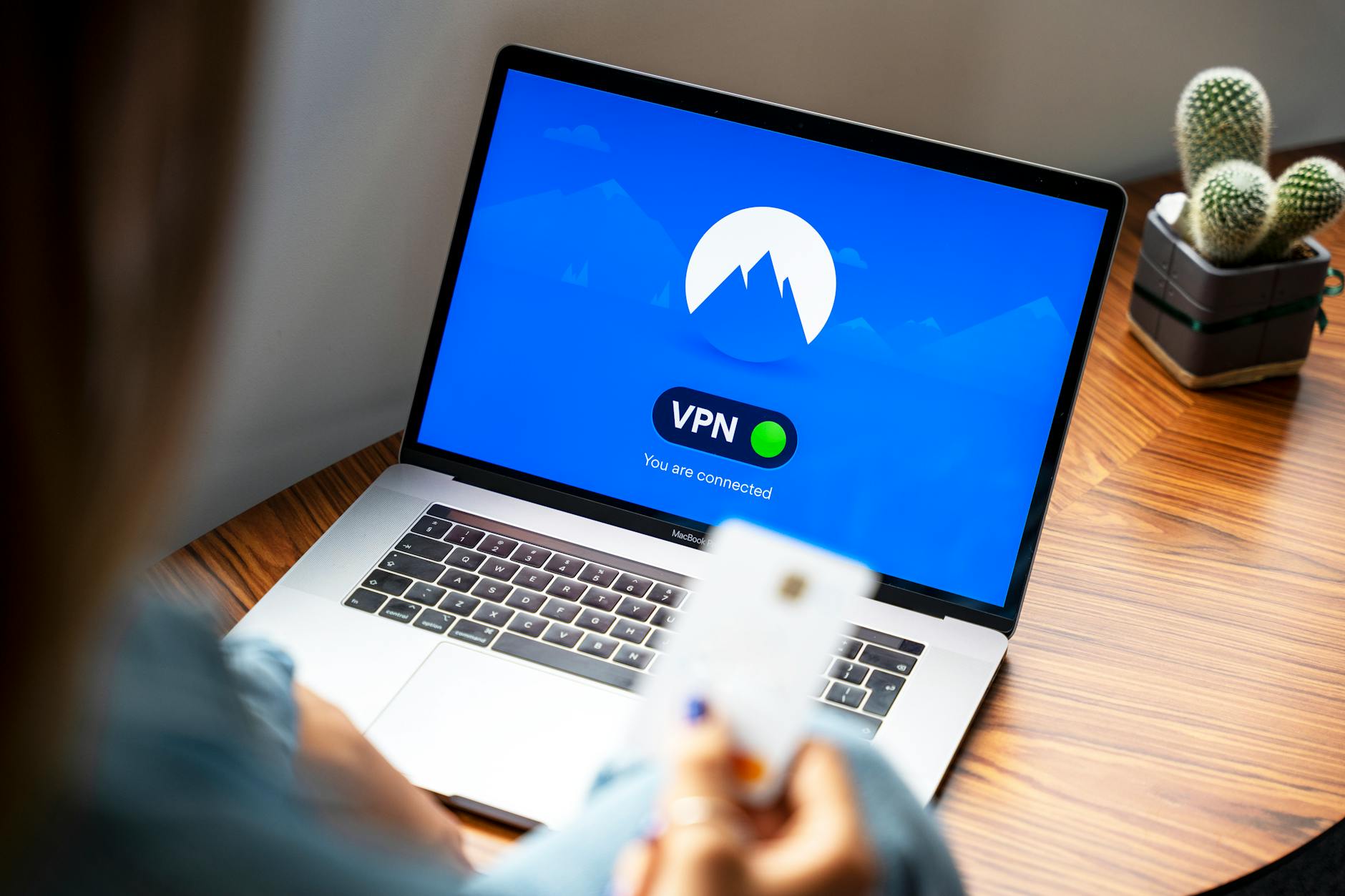 Photo by Stefan Coders
Photo by Stefan Coders
A VPN, or Virtual Private Network, is a private, secure tunnel for your internet traffic. It encrypts your data before it leaves your device, then routes it through a remote server. The VPN hides your IP address, which helps keep your location and browsing private.
Think of it like sending coded messages through the mail. Anyone who grabs the envelope sees scrambled text, not the contents. Only you and the VPN server can read it. This is the core of What is a VPN and How Does It Work?.
People use VPNs in 2025 to reduce tracking, stay safer on public Wi‑Fi, and access content while traveling. Many also want a simple layer of privacy from internet providers and aggressive ad networks. For a plain-language overview, see Washington State’s guide on how a VPN tunnel works. You can also review the NJCCIC’s state cybersecurity guidance on VPNs.
At its core, a VPN has three parts: the app on your device, the VPN server, and the encryption that protects the connection. You tap connect, the app creates a secure tunnel, and your traffic travels inside it.
Key Parts of a VPN Setup
The setup is simple, and each part plays a clear role:
- Client app: You install VPN software on your phone, laptop, or router. It starts the connection and applies settings you choose.
- Encryption: The app scrambles your data before it leaves your device. Snoops on public Wi‑Fi only see unreadable code.
- VPN server: Your traffic exits the tunnel at this remote server. The server assigns you a new IP address, which masks your real one.
- Secure tunnel: The path between your device and the server is protected. This blocks spies on the network and reduces ISP tracking.
Example: You join hotel Wi‑Fi, open the VPN, and browse. The hotel and its guests cannot read your traffic, and websites see the VPN server’s IP, not the hotel’s or yours.
How Does a VPN Work Step by Step?
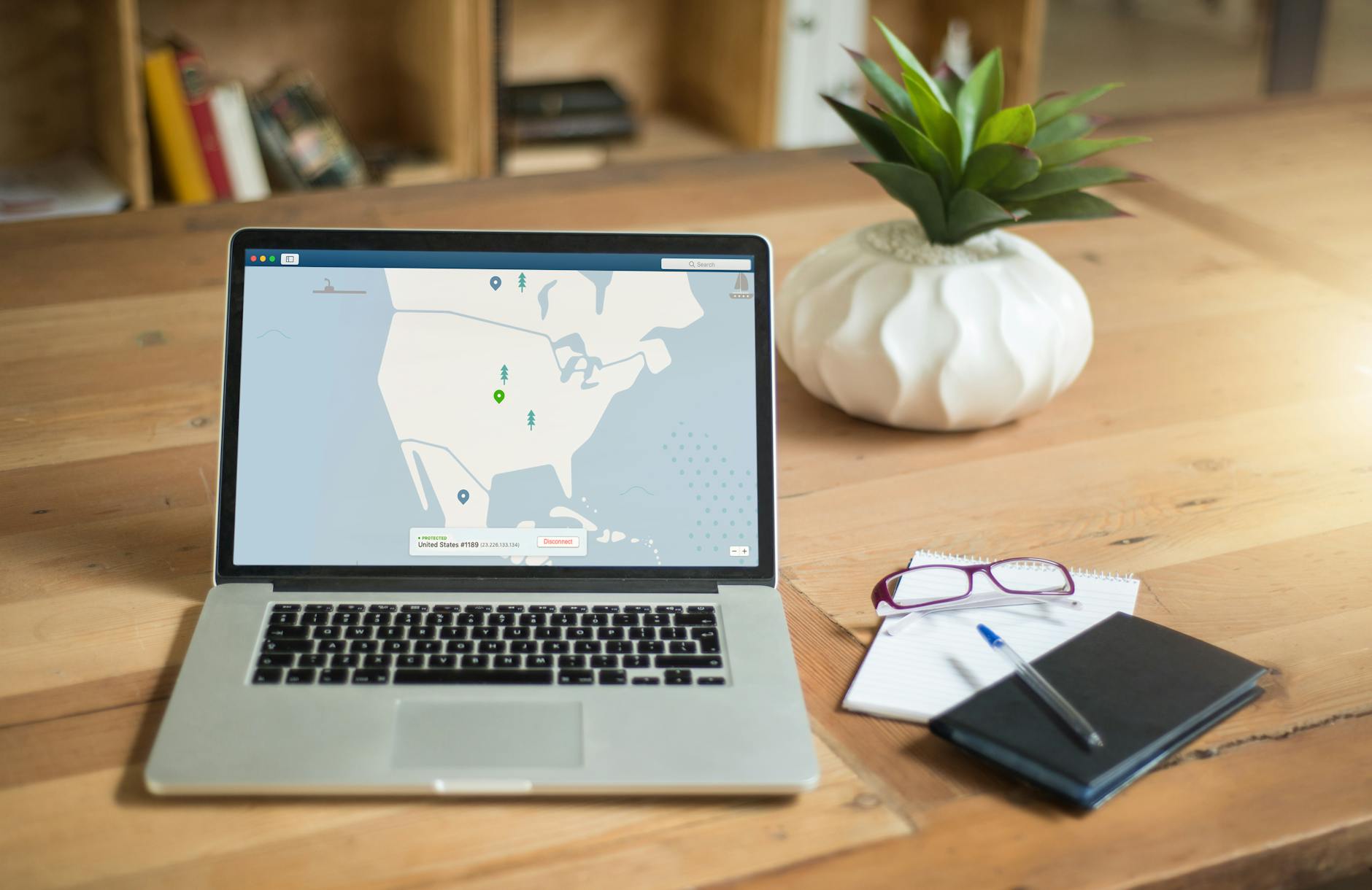 Photo by Kevin Paster
Photo by Kevin Paster
A VPN creates a secure tunnel between your device and a remote server. That tunnel hides your data from local snoops and masks your IP address on the web. Here is the process, start to finish, in clear steps that align with the core idea of What is a VPN and How Does It Work?
- Install and connect to the VPN app
Open the app, pick a server location, then tap Connect. The app negotiates a secure session using a protocol such as OpenVPN, WireGuard, or IKEv2. For a visual primer, see Palo Alto Networks’ guide on what a VPN is and how it routes traffic. - Traffic encrypts as it heads to the server
Your device scrambles data before it leaves. Strong ciphers, commonly AES‑256, make captured traffic unreadable. On public Wi‑Fi, attackers see encrypted noise, not your logins or browsing. This step-by-step flow is also covered in eSecurity Planet’s overview of how a VPN works. - The server masks your IP and forwards requests
The VPN server receives your encrypted packets, decrypts them, then sends your requests to websites. Sites see the server’s IP, not yours. You appear to be browsing from the server’s city, which can help access your home streaming library while you travel. - Responses return encrypted
Web responses go to the VPN server, get re-encrypted to your device, then decrypt locally. The cycle repeats for each request until you disconnect.
Simple diagram description:
Device → Encrypted tunnel → VPN server (new IP) → Internet → VPN server → Encrypted tunnel → Device
Modern apps also add protection features:
- Kill switch: Cuts internet if the VPN drops, preventing exposure.
- DNS and IPv6 leak blocking: Keeps queries inside the tunnel.
- Auto-connect: Activates on untrusted networks for always-on safety.
Result: your data stays private in transit, your IP stays hidden, and your browsing feels familiar, only safer.
Why Use a VPN? Top Benefits and Types to Know
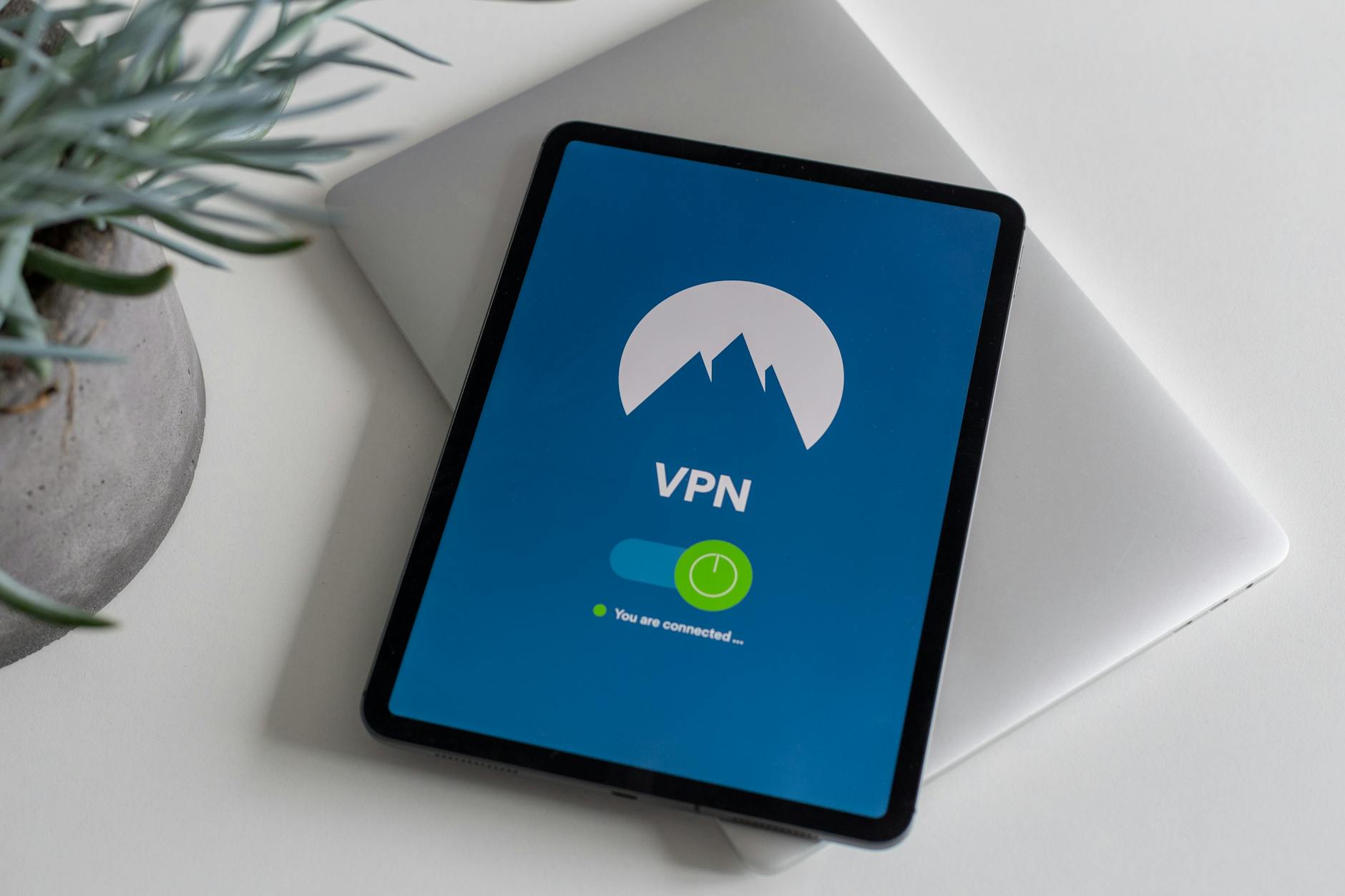
Photo by Stefan Coders
If you are learning What is a VPN and How Does It Work?, it helps to see the real perks first. A VPN protects your data in transit, hides your IP, and gives you more control over how and where you connect. In 2025, handy features like split tunneling, kill switch, and tracker blocking make VPNs simple to use every day.
Common VPN Types for Different Needs
Choosing the right protocol affects your speed and security. Here is a quick, plain guide:
- OpenVPN: Flexible security. Works on most devices and networks. Good balance of speed and protection, and a dependable default for many people.
- IKEv2/IPSec: Fast and stable on mobile. It quickly reconnects when you switch from Wi‑Fi to cellular. Great for phones and tablets.
- WireGuard: New and efficient. Often the fastest option with modern encryption and a lightweight code base. Ideal for streaming and gaming.
- PPTP: Quick but basic. It is older and less safe. Avoid it unless you must use it for legacy setups.
Tip: Pick based on your goal. If you want speed for streaming, try WireGuard. If you want broad compatibility and strong security, start with OpenVPN. For a clear overview, see CyberGhost’s guide on choosing the best VPN protocol in 2025and IVPN’s comparison of PPTP, IKEv2, OpenVPN, and WireGuard.
Real-Life Benefits You Can Feel
You do not need to be technical to get value. These are the everyday wins:
- Protects privacy: Your IP stays hidden, and your traffic is encrypted, which reduces tracking from apps, sites, and ad networks.
- Secures public Wi‑Fi: Use airport, hotel, or cafe Wi‑Fi without exposing logins or browsing to snoops on the same network.
- Bypasses geo-blocks: Appear to be in another country to watch your home shows while traveling.
- Stops ISP throttling: A VPN can prevent traffic-based slowdowns, like video throttling that feels like a soft cap. It will not remove hard monthly data caps.
- Aids remote work: Safely reach company tools and files from anywhere, which keeps your work and credentials protected.
- Extra control in 2025: Use split tunneling to choose which apps use the VPN. Stream at full speed while your banking app stays inside the encrypted tunnel.
Example: Connect on hotel Wi‑Fi, set WireGuard for speed, and route only your browser through the VPN. You get secure logins, steady streaming, and less friction while you travel.
